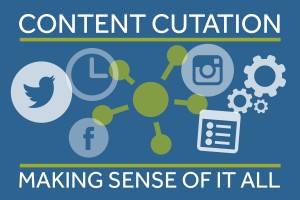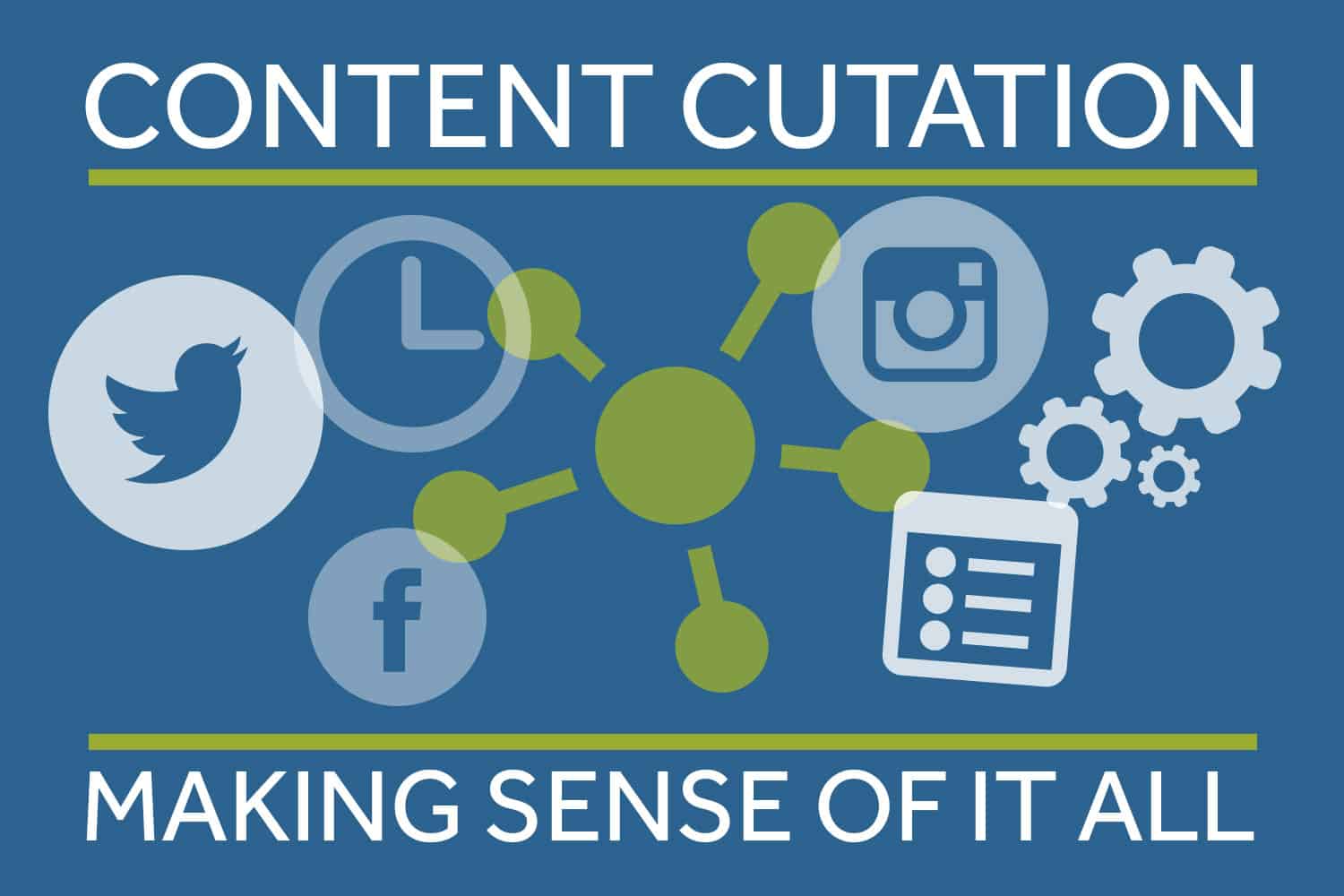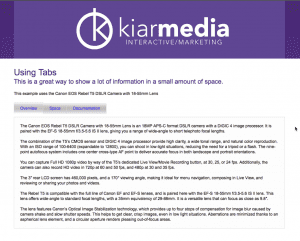There Is So Much Content Out There, Let’s Find the Good Stuff!
 “To satisfy the people’s hunger for great content on any topic imaginable, there will need to be a new category of individual working online. Someone whose job it is not to create more content, but to make sense of all the content that others are creating. To find the best and most relevant content and bring it forward. The people who choose to take on this role will be known as Content Curators. In time, these curators will bring more utility and order to the social web. In doing so, they will help to add a voice and point of view to organizations and companies that can connect them with customers – creating an entirely new dialogue based on valued content rather than just brand created marketing messages.” – Rohit Barghava, Manifesto For The Content Curators
“To satisfy the people’s hunger for great content on any topic imaginable, there will need to be a new category of individual working online. Someone whose job it is not to create more content, but to make sense of all the content that others are creating. To find the best and most relevant content and bring it forward. The people who choose to take on this role will be known as Content Curators. In time, these curators will bring more utility and order to the social web. In doing so, they will help to add a voice and point of view to organizations and companies that can connect them with customers – creating an entirely new dialogue based on valued content rather than just brand created marketing messages.” – Rohit Barghava, Manifesto For The Content Curators
Content curation is an important piece of the new world. The above quote should make that very clear. With so much content being created everyday, how do we make sense of it all? How do we decide what is relevant? What is important? Most importantly, how do we decide what to share? Curating content is just as important as creating content for your website. It is time to start. But frankly, it is going to take time and practice.
Researching research
First you are going to have to go out there and find resources about the practice of curation (like this one!) and get a feel for how you are going to be adding content to your website. There are all kinds of sources for you out there. It is the Internet after all! A couple I recommend are Search Engine Journal and Search Engine Land. These are a couple websites that discuss everything from social media to search engine marketing to, you guessed it, content curation. Taking time to investigate how-tos is and best practices will get you primed and comfortable with picking out content to pass on to your website.
It is good to get an understanding of the types of content you are going to be sharing and the effects it will have on your site. Summarizing, linking, elevating and distilling content all have their own effects. I am not going to go into each one. Just understand there are a lot of ways to do this.
The Content
Deciding what to post can be a difficult process. It really comes down to asking yourself, “What do people want from my website?” Believe it or not, your website has a personality. Your visitors get a feel for your website and start to expect a certain style. Keeping the same attitude across all your content helps your visitors stay comfortable.
Along with keeping a consistent voice, you should also make sure you are posting regularly. Visitors get accustomed to new content at certain times or certain days or at certain intervals. They should. Otherwise, how do they know when to come back to new content?
Sharing other people’s ideas consistently is not always going to get it done. In fact, duplicate content is not going to offer any value to your site in regards to search engine rankings (and your visitors and followers are going to want that original voice at some point!). Studies have shown that adding original content in addition to curated content ends up having the best results in search engines.
Linking
Okay, so linking is pretty important, especially to search engines. Links are the way search engines crawl between websites. Links from reputable sources will increase your sites reputation to the search engine. Linking to sites also adds value for your visitors. You are effectively creating a community amongst the web. When curating content we want to link to reputable and relevant information. Remember, everything we add to our website has to add value.
How do you decide what to link to though? How do I even find good content from good sources that I can use? Well answer is simple: never stop looking. This is definitely a daunting task in its broadest form, but there is a technology to make this a lot easier over time….
RSS Readers
RSS stands for “Really Simple Syndication”. Really simple is really what it is. Once you find a reputable source that is relevant to your site, you want to keep checking back with it. An RSS readers do that for you. Simply adding a feed (basically subscribing to the content) to your RSS reader makes it so you are alerted when there is new content instead of starting every day off going from website to website seeing if there is anything new and relevant.
There are tons of RSS readers out there, an infinite amount even. Digg and Feedly are a few of the more popular ones. Go give a search for “rss reader” and start experimenting with your options. It will really change the way you consume (and pass on) content.
Social Media
When it comes to curating and linking to content, social media cannot be overlooked. We have talked a lot about posting content on your website. Much of that information can be translated to social media. Sharing relevant links and ideas that share the same style, voice and content as your website via social media keeps your audience engaged nearly as much as crafting unique posts. Having a balance is necessary though. Just like on your website, your followers are going to want that unique voice intertwined and through out all your different social media posts.
Sharing content opens up a new door though. It creates engagement, allows you to partake in the same conversation as your followers at the same social level. Social media allows you to find a whole new audience simply by being part of the greater picture.
Linking takes on a whole new identity in social media. Creating and curating valuable content entices your followers to pass on information to their followers, allowing you to enter into a new range of influence. Sharing, reblogging, retweeting… no matter what name you give the action, the result is always the same: new leads. This is the result we want from our followers. It is not going to happen if we are not adding value to the conversation.
Making sense of it all
Content curation is not the narrowest of topics. It can’t be, because at its minimum it involves you and another piece of content. Hopefully it involves you, multiple pieces of content consistently being posted with your commentary and then your audience reading, commenting and passing it on again. As we heard at the beginning of this article, “content on the web will double every 72 hours.” You are responsible for deciding what information is important to pass on to your audience. You become a librarian for the 21st century! Make sure you are passing on the right stuff.
View the original post here.




